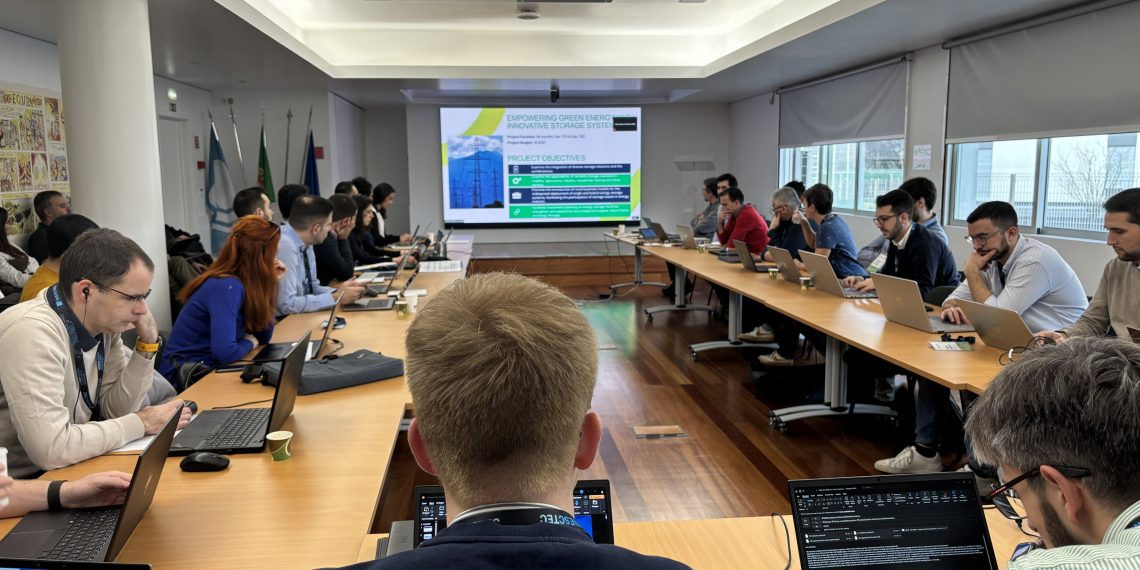With the increasing global use of green energy, it is crucial to use new energy storage systems. In this sense, INESC TEC will collaborate in the development of two tools within the scope of a pilot in Madeira, combining hydroelectric storage with pumping and batteries. The work is being developed within the framework of the i-STENTORE European project.
The i-STENTORE (innovative energy storage TEchNologies TO rewards increased renewables integration and efficient operation) will analyse the integration of various storage solutions and their potential combinations in various contexts (mobility, agriculture, industry, residential, heating, etc.), and in different periods. The goal is to contribute to a more efficient management and to increase the reliability of the electrical system using said multipurpose solutions.
The project activities will focus on meeting real needs and existing challenges, involving different actors in the energy storage value chain. This endeavour foresees the establishment of five demonstrators (Portugal, Spain, Italy, Slovenia, and Luxembourg) and a Living Lab (Greece) to test innovative storage systems, while assessing the potential for scalability and replication of results. In the Portuguese case, the demonstrator – a hybrid system that combines hydroelectric storage with pumping and electrochemical batteries – will be implemented in the power grid of Madeira, towards increasing the sustainability of the island’s production system and promoting the decarbonisation, namely by increasing the share of renewable production.
“INESC TEC is the leader of this pilot, which welcomes two more Portuguese partners – Vasco da Gama Colab and Empresa Eletricidade da Madeira (EEM). We will develop two tools: an Artificial Intelligence (AI) algorithm that uses weather forecasts to estimate inflows to hydroelectric reservoirs, and a predictive and multi-temporal algorithm that considers the technical constraints of the system to optimise its management”, explained INESC TEC researcher Filipe Joel Soares.
Hence, with these algorithms, it will be possible to decide which energy-producing units should be used at any given time, and how much they should produce, to minimise the total cost of operation and ensure the necessary balance between supply and demand. Since there is a single system operator in the region, it is essential to make sure that the EEM can ensure supply under appropriate technical conditions – even considering the expected increase in the use of renewable energy sources.
“The use of AI to estimate inflows to hydroelectric reservoirs is a new methodology that will significantly improve the management of complex hydroelectric systems, such as those in Madeira. Moreover, the versatile combination of energy storage technologies opens the door to greater integration of renewables into isolated electrical systems. Hence, the installation of i-STENTORE solutions will have a real impact on the decarbonisation of Madeira while increasing the resilience of its electricity network, improving the quality of service”, mentioned the researcher.
The activities within the scope of the Madeira demonstrator also involve the testing of new electrolytes, by the Vasco da Gama Colab – to improve the performance of the batteries, increasing their lifespan, and decreasing the overall cost of storage.
The project will last 36 months; it benefits from €8M funding under the EU’s research and development programme Horizon 2020.




 News, current topics, curiosities and so much more about INESC TEC and its community!
News, current topics, curiosities and so much more about INESC TEC and its community!